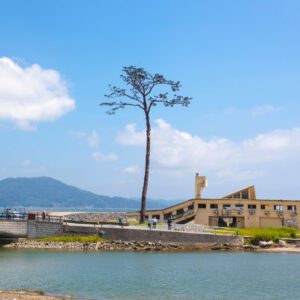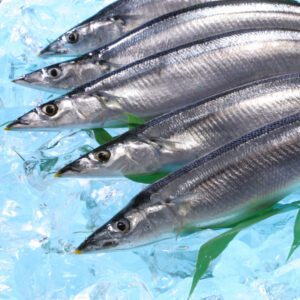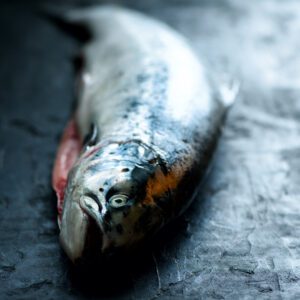September Itinerary Idea Day 4 (Iwate Prefecture Day 2)
Table of contents
1. Takata Matsubara Memorial Park
On this day, we will mainly travel by train or bus. Iwate prefecture is very large, so it takes time to move.
We would like to go to the Kesennuma fish market in the morning, but we are restricting the entry of the general public due to the infection control of the Covit-19. I would like to go once the restrictions are lifted.
1. Takata Matsubara Memorial Park
(2 minutes walk from Kiseki No Ipponmatsu Station)
From Kesennuma to Rikuszentakata
| Departure | JR Kesennuma Station 7:29 |
| Route | JR Ofunato Line BRT (Bus Rapid Transit System) |
| Arrival | Kiseki no Ipponmatsu Station 8:02 |
| Fare | Yen420 |
The Takata Matsubara Memorial Park in Rikuzentakata City is also closed from 18:00 on August 13 (Friday) until Iwate Prefecture’s own state of emergency is lifted. If the park continues to close in September, you can go to Geibikei on the second day of Iwate prefecture, and on the first day of Iwate prefecture, you can go around Hiraizumi more slowly.

| Departure | Kiseki no Ipponmatsu Station 12:42 |
| Route | JR Ofunato Line BRT (Bus Rapid Transit System) |
| Arrival | JR Rikuzentakata Station 12:48 |
| Fare | Yen150 |
2. Lunch
At a sushi restaurant or cafeteria, we eat seasonal seafood, yellowtail, salmon, pacific saury, abalone, Japanese flying squid, and kelp.
However, what we definitely want to eat in Rikuzentakata is the “Rikuzentakata Clinocardium california : Ezoishikage kai”, which is the summer “pride fish” of Iwate Prefecture selected by Japan Fisheries Cooperatives, which I introduced last time. The season is from July to October.

In Iwate prefecture, flatfish also seems to be in season from September to October. Also, the rainbow trout (cultured) “Hachimantai salmon” from Hachimantai City, which I introduced yesterday, seems to be very delicious.
“Iwate’s autumn salmon (salmon roe)” has been selected as the “pride fish” for autumn in Iwate prefecture. The season for “Iwate’s autumn salmon (salmon roe)” is September-January.

3. Head to Morioka
The most efficient way to get from Rikuzentakata to Morioka is to return to Ichinoseki and then head to Morioka.
There are two ways to move (1) and (2), but the arrival time is not so different, so (1) is cheaper. However, if you want to move easily by Shinkansen, use route (2).
Route (1)
| Departure | Rikuzentakata Station 14:23 |
| Route | Iwateken Kotsu (bus) |
| Transfer | Ichinoseki Station 16:15 |
| Departure | JR Ichinoseki Station 16:26 |
| Route | JR Tohoku Main Line |
| Arrival | JR Morioka Station 18:00 |
| Fare | Yen3,320 |
Route (2)
| Departure | Rikuzentakata Station 14:23 |
| Route | Iwateken Kotsu (bus) |
| Transfer | Ichinoseki Station 16:15 |
| Departure | JR Ichinoseki Station 16:26 |
| Route | JR Shinkansen Yamabiko No. 65 |
| Arrival | JR Morioka Station 17:54 |
| Fare | Yen3,320 + Limited express ticket Yen1,870 |
4. Dinner
We eat “Morioka-reimen : cold noodles” in Morioka. Morioka-Reimen is a “Local dishes loved by nation” selected by the Ministry of Agriculture, Forestry and Fisheries. This is my favorite noodle. I think it is offered at many yakiniku restaurants.

(Note: The departure / arrival times and fares for transportation listed in the text are as of the time of writing the BLOG. They may change in the future, so please check for yourself when you go on a trip.)